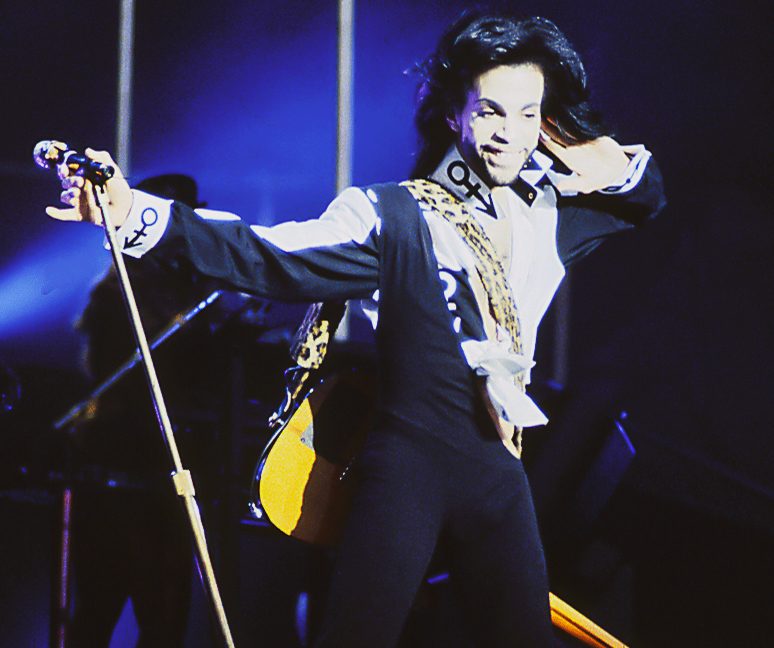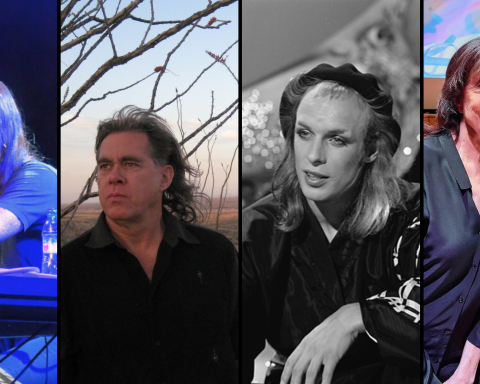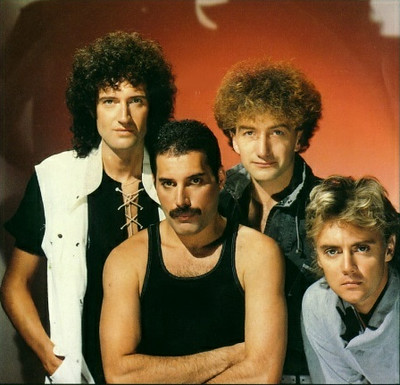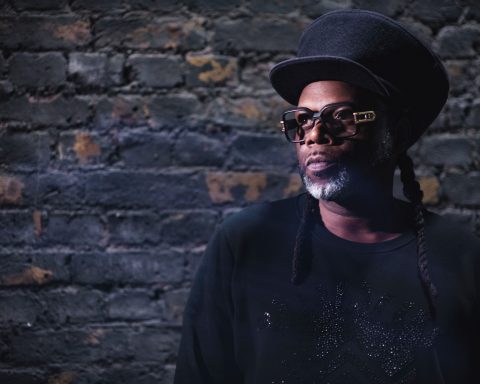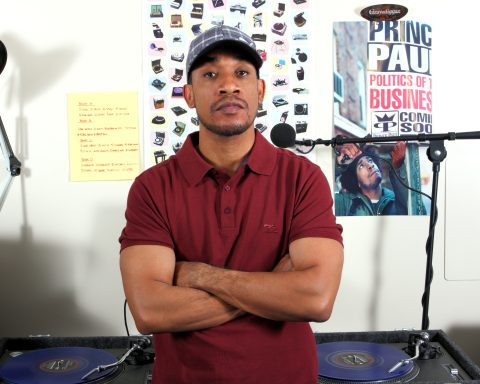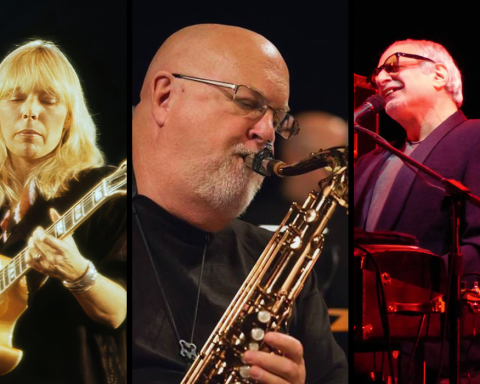Though perhaps not quite as well-known as some Roland instruments, the JD-800 synthesizer possesses a unique kind of musical magic. The keyboard also appears extensively on an extended run of albums by Prince, one of the most iconic and prolific musicians of all time. Archivists and fans alike note the presence of the synth in Prince’s output during the ’90s, a period of groundbreaking music and career challenges for the artist.
Prince Meets the New Synth on the Block
With the start of a new decade, Prince was eager to shelve the equipment from his most iconic albums in favor of new sounds. “I didn’t use the sounds or instruments from those records because everybody was sounding like that,” he told Philadelphia Inquirer.
Prince was already quite familiar with Roland products when the JD-800 debuted. Revolution keyboardist Dr. Fink noted in a 1991 interview that the late legend made generous use of the D-50 on both Batman (1989) and Graffiti Bridge (1990).
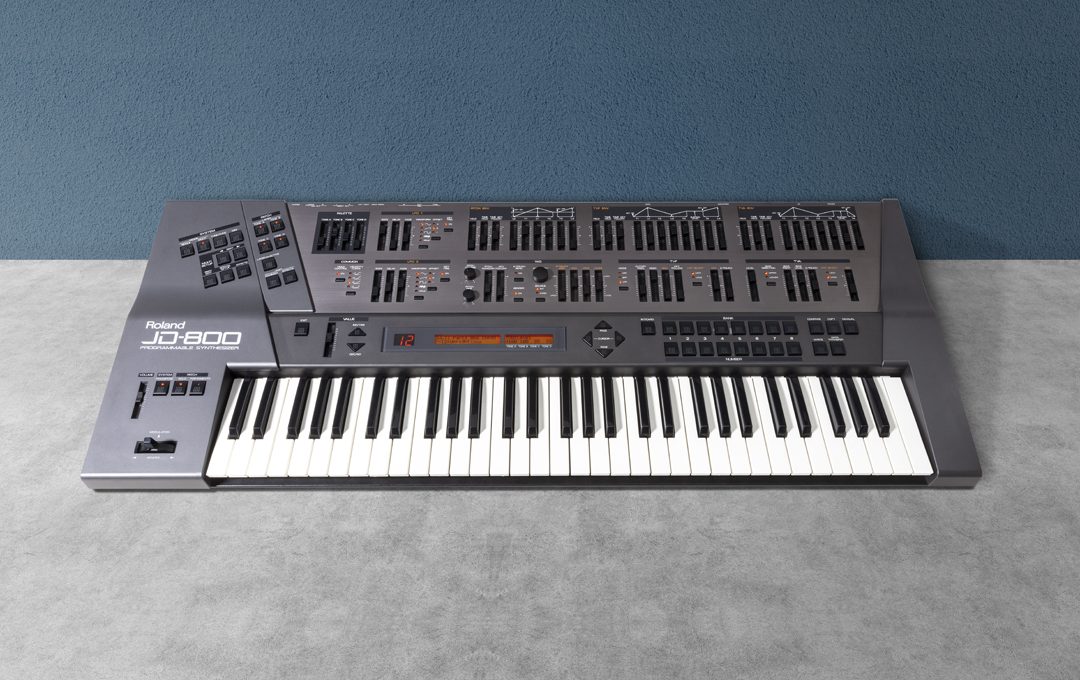
The JD-800’s analog-style controls and varied textures stoked the artist’s creative flame. According to the hyper-detailed Prince archival site, Guitarcloud, the synth was by his side throughout the 1990s. The artist even went so far as to combine a pair of JD-800s into a hybrid instrument.
"With the start of a new decade, Prince was eager to shelve the equipment from his most iconic albums in favor of new sounds."
New Sound for a New Generation
As part of his desire to change his style, Prince began working with a new band: the New Power Generation. They began their collaboration with 1991’s Diamonds and Pearls. Following that release, Prince employed the JD-800 on six of his ’90s albums, all featuring NPG to various extents.
“We were very excited when the JD-800 came out. It had the analog power and the digital edge that cut through mixes,” New Power Generation keyboardist Tommy Barbarella says, speaking from Minneapolis. “All those sliders were so accessible and fun, and the factory patches were so good.”
The fact that the JD-800 was a staple throughout the ’90s for Prince is now woven into purple lore. In an April 2021 article, MusicRadar lists the JD-800 in a roundup of synths and drum machines most important to Prince’s career.
"We were very excited when the JD-800 came out. It had the analog power and the digital edge that cut through mixes." -Tommy Barbarella (New Power Generation)
A Transitional Time
For all the groundbreaking sounds, the 1990s were also a period of frustration for Prince as he tried to break ties with his label, Warner Brothers. Those efforts even included the artist famously changing his name from Prince to a symbol.
Some of the albums during this period failed to garner the critical and commercial support of his earlier music. Still, Prince’s ’90s catalog remains compelling and worth revisiting. Listen close and see how the glossy, multi-dimensional sounds of the JD-800 were part of a remarkable body of work.
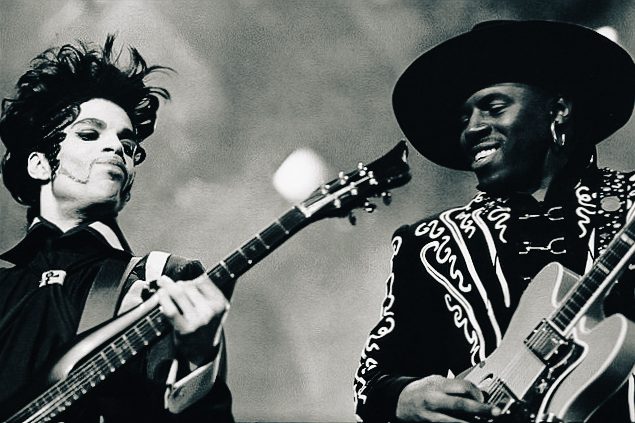
Selections from 1990s Prince
[Love Symbol] by Prince and the New Power Generation (1992)
Prince’s 14th studio album makes for an excellent listen. The multi-tracked vocals of “7” provide an unforgettable acapella opening to the song. Its production is a richly layered blend of hard-hitting drums, guitars, and sitars. On the opposite end of the spectrum is the slow-burner “Damn U,” an impressive demonstration of Prince’s range. “The Morning Papers” further demonstrates Prince’s ear for marrying diverse musical elements. After opening with delicate vocals and piano, the song spices things up with heavy doses of electric guitar.
Barbarella confirms the presence of the JD-800 on the album. “It was all over the [Love Symbol] album,” he reveals. “The ‘Crystal Rhodes’ patch is on ‘Damn U,’ and a lot of atmospheric stuff and synth basses got used in the studio.”
Come by Prince (1994)
After [Love Symbol], Prince surprised critics and fans with another Warner Brothers album under his name. The record was largely panned by critics and struggled commercially due to a lack of hits. Nonetheless, Come contains worthwhile music. The percussion/bassline combo of “Letitgo” and its synth-heavy hook make it a top-tier track on the record. However, not all of the album is quite as upbeat. The minimalism, effective use of spoken word, disturbing lyrics, and hard rock finale of “Papa” combine to make for an unforgettable listen.
The Gold Experience by Prince (1995)
Widely regarded as one of Prince’s strongest ’90s efforts, The Gold Experience didn’t lack in originality. The irresistible ballad “Dolphin” saw Prince singing about reincarnation as a sea mammal. “The Most Beautiful Girl In The World,” features Prince’s perfect falsetto vocals and a smooth, modern funk backing track. It became a commercial smash, his last Billboard Top 10 hit during his lifetime. Other standouts include the Nona Gaye-assisted political groove “We March” and “Eye Hate U.”
Emancipation by Prince (1996)
Prince’s triple-disc effort Emancipation was an epic release, with a total running time tapping out at three hours. The massive collection impressively blended styles and influences. He utilized the TR-808 drum machine on the head-nodding, meta-infused “Da Da Da.” Speaking with Musician, the ever-mercurial Prince explained how his approach differed from hip-hop. “I need to remind you I’m not a rapper,” he said. “I’ll do rhythmic speaking. There’s music behind my groove; it’s not just loops and sample.”
Emphasizing that point, Prince’s musicianship also impressed his bandmates from that era. “What struck me was how tight and sparse his comp parts were,” Barbarella says. “Always tight, funky, and in the pocket.”
"What struck me was how tight and sparse his comp parts were—always tight, funky, and in the pocket." -Tommy Barbarella (New Power Generation)
Fans will appreciate the exquisite synthwork on the funky, Kate Bush-assisted “My Computer.” The song examines isolation and searching for connection at the dawn of the internet age. “One unusual thing he did on synth was use the pitch bend for vibrato,” Barbarella shares. “He’d wiggle it really fast for an instant—the same way one would normally use the mod wheel.”
Alongside a staggering array of originals, Emancipation also includes versions of The Stylistics “Betcha by Golly Wow!” and “La, La, La Means I Love You” by The Delfonics. Of several covers sprinkled throughout, Prince’s take on Bonnie Raitt’s “I Can’t Make You Love Me” is a standout.
Chaos and Disorder by Prince (1996)
Chaos and Disorder is a distinctive record from this arc of Prince’s career with a guitar-heavy bent. The moody “Dinner With Delores” showcases Prince’s ability to craft standout tracks with deceptively simple production. This is due, in no small part, to wild lyrics only Prince could pull off. The rocking “Zannalee” doesn’t resemble anything in Prince’s oeuvre. Showcasing his epic guitar skills, it benefits from serious shredding and wah-wah pedal use.
Newpower Soul by the New Power Generation (1998)
While credited as a New Power Generation album, many fans consider Newpower Soul a Prince release. The single “Come On” boasts a catchy groove and powerhouse vocals, making it an instant winner. “When U Love Somebody” is an infectious tune that includes excellent work on the trumpet by Wayne Dumain. With a 25th anniversary approaching, a reassessment may be in order for this title.
Rave Un2 the Joy Fantastic by Prince (1999)
While not all of the production sounds timeless in 2021, this one deserves major props. The guest lineup includes Sheryl Crow, Chuck D, Ani DiFranco, Eve, and Gwen Stefani and its lone single “The Greatest Romance Ever Sold” holds up well. A mellow, soulful number, it’s got a hook that begs listeners to sing along. “Prettyman” is another impressive cut. Here, Prince screams his heart out over an uptempo grove and Maceo Parker’s crushing sax.
Prince—famously secretive about his keyboard rig—even did an extensive interview with Keyboard magazine to support the release. In it, he gave a rare glimpse behind the curtain and dropped a hint as to where his musical mind was: “I can sound like Prince should sound in 1999, now that everyone’s gone the other way.”
